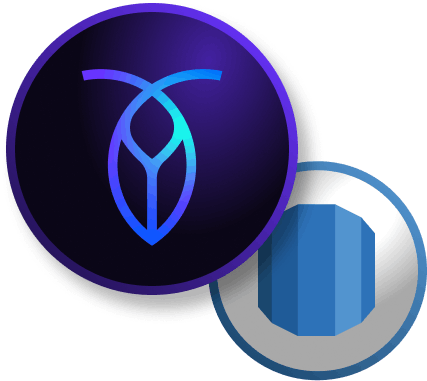A comparison of distributed architectures
CockroachDB vs Amazon Aurora

Unlimited Write Scale
CockroachDB allows you to scale both reads and writes with every endpoint accepting all transactions
Global Data
CockroachDB provides simple DDL that allows you to define where data will live across multiple regions
Multi-region Scale
CockroachDB delivers an automated, simple and resource efficient database that can can span regions and clouds
CockroachDB fundamentally reimagined what a database could be, so you could survive failures across regions and scale both reads and writes as far as you need.


CockroachDB is architected to give you the freedom to deploy your database anywhere, on any cloud. Use the best solution for your workloads and still gain value from any cloud provider.
Make smart use of your existing resources with CockroachDB’s hybrid-cloud capabilities. AWS Aurora won’t let you deploy in a hybrid environment
Pick any (or multiple) providers and run self-deployed or as-a-service. Because no one should have to be locked into a single provider
Effortlessly scale and take control of your workloads. Avoid the significant egress costs often seen when moving data with AWS Aurora
/* Go hands-on with 100% free CockroachDB Serverless. Spin up your first cluster in just a few clicks. */